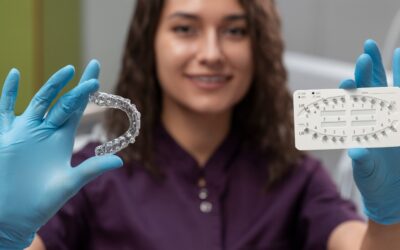If you’ve ever wondered whether clear aligners can do more than just straighten teeth, you’re not alone. Many people ask, “Does Invisalign fix an overbite?” Oddly enough, this is one of the most common orthodontic issues. Invisalign can fix mild to moderate overbites by gradually moving your teeth into better alignment, often achieving noticeable results in about 12 to 24 months, depending on your specific situation, as shown in this overview.
You might find it surprising that these nearly invisible aligners can now address not just crooked teeth, but also help with more complex bite problems that once required traditional braces. As technology has evolved, Invisalign has become a proven choice for millions looking to improve both their smile and bite, including those with overbite concerns.
Want to learn more? Schedule an appointment today at Frankfort Smiles Dental!
Key Takeaways
- Invisalign can treat mild to moderate overbites.
- Treatment time varies, but results are possible in 12 to 24 months.
- Clear aligners can help with a range of bite and alignment issues.
Understanding Overbite and Related Orthodontic Issues
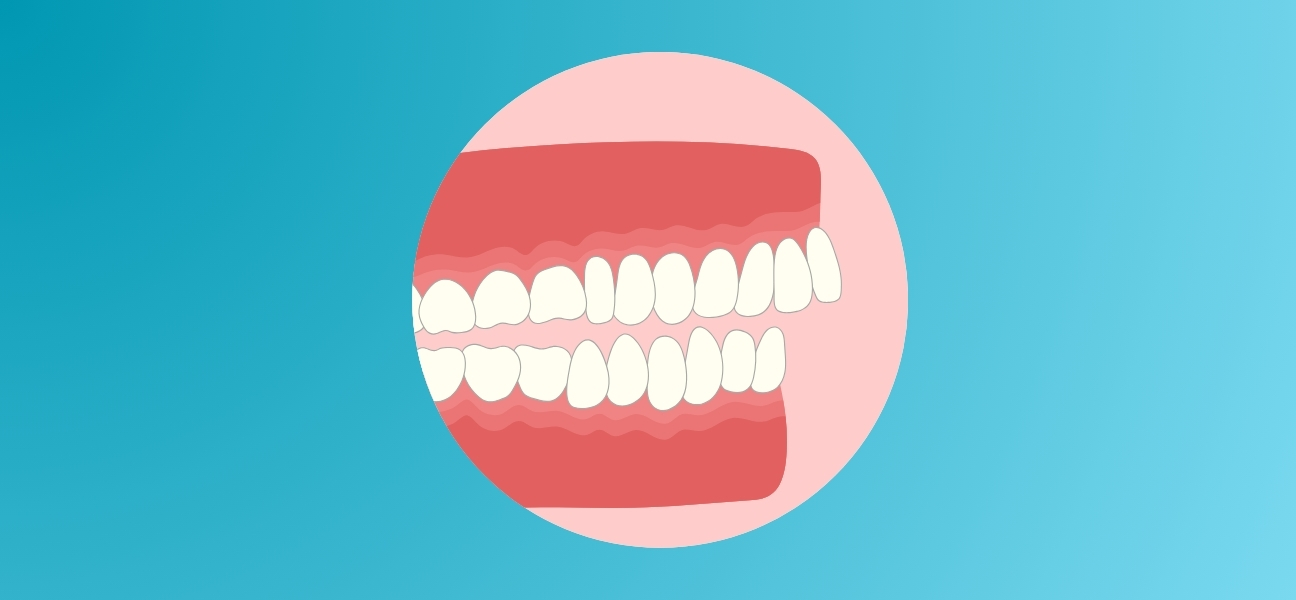
Bite problems can affect your dental function, comfort, and the overall appearance of your smile. Identifying the type of malocclusion you have is the first step toward finding the best treatment to address issues like jaw pain, misalignment, or TMJ discomfort.
What Is an Overbite?
An overbite occurs when your upper front teeth overlap excessively over your lower front teeth. Most people have a slight overbite, but when the overlap is significant, it is considered a dental problem known as a deep bite.
Symptoms of a pronounced overbite can include visible misalignment, uneven tooth wear, and, in some cases, jaw pain or strain on the temporomandibular joint (TMJ). You may also notice that your teeth do not fit together properly when you bite down.
Over time, an untreated overbite can make it harder to chew, speak clearly, and maintain proper oral hygiene, increasing your risk for cavities and gum disease. If you experience discomfort or difficulty closing your mouth completely, it may be a sign your overbite should be evaluated by an orthodontist.
Types of Bite Issues: Overbite, Underbite, Crossbite, Open Bite
Different bite issues can impact your oral health in various ways. These issues are grouped under the term malocclusion, which refers to any misalignment of the teeth or jaws.
Types of bite problems include:
- Overbite: Upper teeth significantly overlap the lower teeth.
- Underbite: Lower teeth protrude past the upper front teeth.
- Crossbite: Upper and lower teeth do not line up correctly; may cause some upper teeth to fit inside the lower teeth when biting down.
- Open bite: Front teeth do not touch when the mouth is closed, leaving a gap.
Each type can lead to functional problems such as difficulty chewing or speaking, jaw pain, and an increased risk of TMJ disorders. Addressing malocclusion can also improve facial symmetry and prevent long-term dental complications. Treatments like Invisalign may be used for several common bite issues.
Common Causes and Consequences of Overbites
Overbites can develop due to genetics, childhood habits, or dental issues. Genetics might determine jaw size or shape, while habits like thumb-sucking, prolonged pacifier use, or tongue thrusting can contribute to abnormal bite development during childhood.
Consequences of an untreated overbite include:
- Tooth wear: Excessive overlapping can wear down the enamel.
- Jaw pain: Misaligned bites strain the jaw muscles and can lead to TMJ disorders.
- Speech problems: Malocclusion impacts sound formation.
- Increased risk of cavities and gum disease: Crowded or overlapping teeth are harder to clean.
Severe overbites may cause biting of the gums or roof of the mouth, leading to discomfort or sores. Seeking orthodontic evaluation helps you manage these risks and improve both your dental function and oral health.
How Invisalign Fixes an Overbite
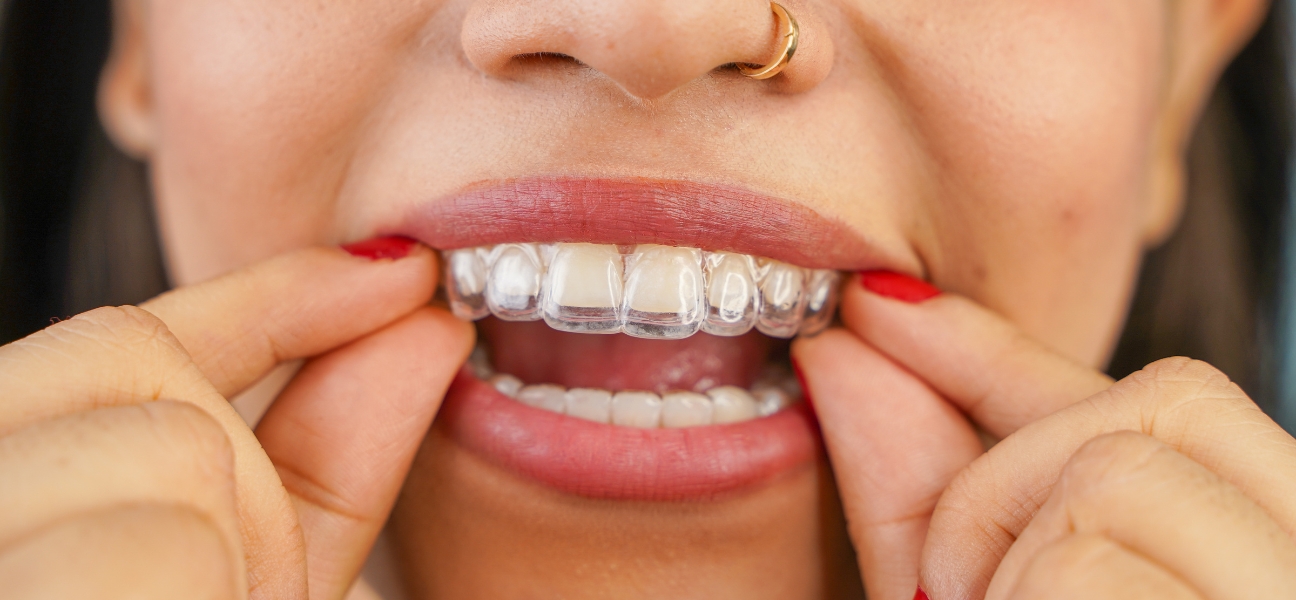
Invisalign uses a series of clear aligners to move your teeth into better alignment and can address a range of bite problems, including many cases of overbite. Custom treatment planning helps ensure each stage targets your unique dental needs.
Invisalign Treatment Process For Overbite
When you start Invisalign for an overbite, your orthodontist completes a digital scan of your teeth to create a 3D model. This allows for a visual overview of your bite and precise planning for how your teeth should move.
You’ll receive a set of aligner trays, each designed to make small, controlled adjustments to your teeth. Typically, you switch to a new set of aligners every one to two weeks. This step-by-step process gradually shifts both your teeth and, when needed, helps reposition the jaw to correct the overbite.
Regular check-ins with your orthodontist allow progress to be monitored and adjustments to be made if necessary. These office visits are usually less frequent than with traditional braces, making the process less disruptive.
Effectiveness of Clear Aligners for Overbite Correction
Invisalign clear aligners have been shown to effectively fix mild to moderate overbites by gently guiding teeth into their correct positions over several months. Studies and orthodontic practice experience show outcomes can be comparable to traditional braces for many patients.
The trays are made from smooth plastic, making them more comfortable than metal brackets for most people. You can remove Invisalign aligners to eat and drink, which makes daily oral hygiene easier and helps minimize risks for cavities and other dental issues during treatment.
Research shows that Invisalign can successfully treat many cases of mild and moderate overbite. The effectiveness depends on your unique dental structure and your commitment to wearing the aligners consistently, usually 20-22 hours per day.
Treatment Plan Customization and Commitment
Each Invisalign treatment plan is tailored to your individual needs. The orthodontist uses digital scans and planning software to plot the exact path your teeth and bite will take toward better alignment.
You play a crucial role in the success of your treatment. Since aligners are removable, consistent daily wear is essential—usually at least 20 hours per day. Not wearing your trays as directed can lead to slower progress or less predictable results.
Some treatment plans may use additional features such as attachments or small, tooth-colored buttons that give the aligners extra grip. Your orthodontist may also design refinements during treatment based on your progress.
Addressing Complex Cases: Severe Overbite and Related Dental Issues
Severe overbites or cases with significant jaw misalignment might not be fully correctable with Invisalign alone. In these situations, your orthodontist will assess your bite and discuss whether Invisalign can address your needs or if you may require traditional braces or even surgery.
Certain dental issues, such as crowded or misaligned teeth, can often be managed with clear aligners, but some cases require a combination treatment. For severe problems, your provider may recommend starting with braces before switching to Invisalign.
If you have other dental concerns, like gum disease or broken teeth, these must be treated before starting orthodontic treatment. Consulting an orthodontist experienced with Invisalign and overbite correction ensures you get an effective, safe treatment plan tailored to your case.
Benefits and Considerations of Invisalign for Overbite
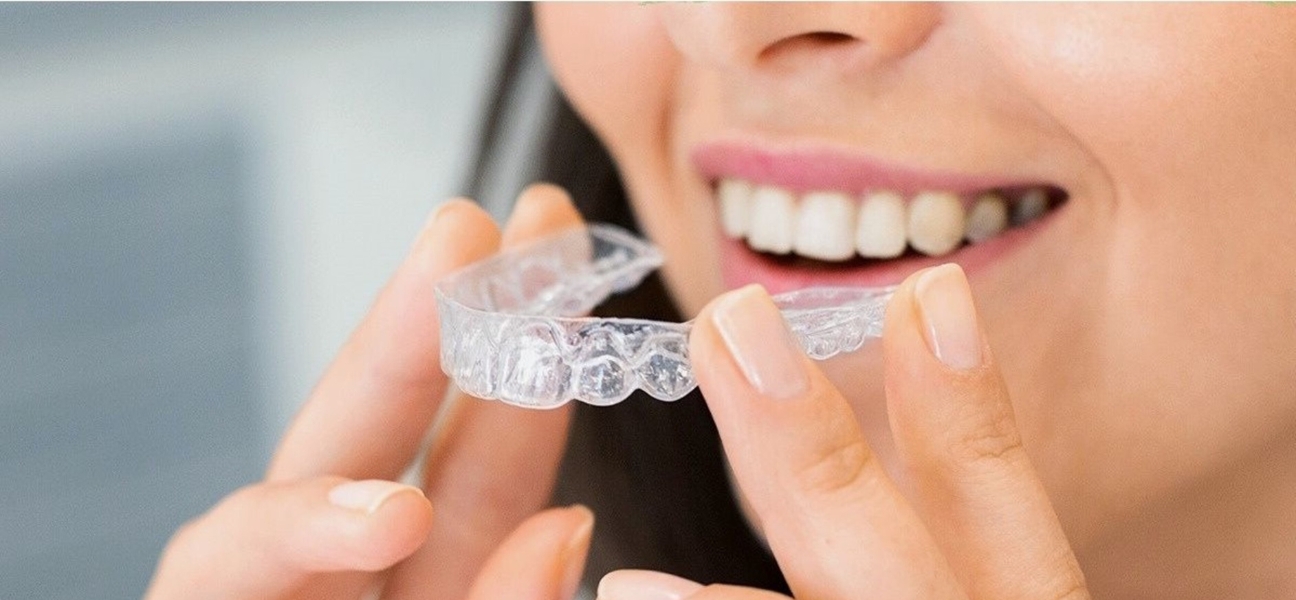
Choosing Invisalign to correct an overbite gives you unique benefits in terms of comfort, appearance, and hygiene maintenance. It’s important to weigh these specific factors alongside cost and dental coverage options when making your decision.
Advantages Over Traditional Braces and Clear Braces
Invisalign aligners are custom-made and fully removable, so you can eat, brush, and floss without obstruction. Unlike metal braces, there are no brackets or wires to irritate cheeks or lips. This often results in increased day-to-day comfort and fewer emergency dental visits for repairs.
The clear plastic material makes Invisalign far less visible than metal braces and even less noticeable than many clear ceramic braces. If you’re concerned about a professional or adult appearance, this can be a significant benefit. Invisalign can effectively treat mild to moderate overbite cases and has been backed by research involving millions of patients, as noted in cases like those described at yourazbraces.com.
Many find treatment with aligners leads to fewer in-office appointments. You simply switch to a new set of aligners according to plan, so managing your orthodontic care can be more convenient with a busy lifestyle.
Oral Health, Oral Hygiene, and Gum Disease
Removable aligners make it easy to maintain daily oral hygiene because you don’t brush or floss around wires or brackets. Thorough cleaning helps reduce your risk of plaque buildup, gum disease, and bad breath—problems that are more common if you have fixed orthodontic appliances.
Unlike some cosmetic dental options, Invisalign does not require any bonding to tooth surfaces, which further protects your enamel. You’re also less likely to experience white spot lesions, which sometimes occur after traditional braces due to trapped food and plaque.
Complete and regular cleaning, combined with the absence of metal parts, makes it easier to support your oral health during treatment. This focus on hygiene can also help prevent cavities and gingivitis, leading to a healthier smile throughout the process.
Cost of Invisalign and Dental Insurance
The cost of Invisalign typically ranges from $3,000 to $7,000, depending on your case complexity and treatment length. This can be similar to or slightly higher than traditional braces, though costs vary by region and provider. Payment plans may be available through many offices.
Dental insurance may cover part of your Invisalign treatment if orthodontic coverage is included in your policy. Some plans treat Invisalign as a cosmetic treatment, reducing or excluding reimbursement. Always check specific insurance details or speak to your dentist or orthodontist for accurate estimates about out-of-pocket costs.
Keep in mind that flexible spending accounts (FSA) or health savings accounts (HSA) may be applied to help offset expenses related to Invisalign. Reliable cost estimates and insurance verification help you plan your budget for orthodontic care.
Other Bite and Alignment Problems Invisalign Can Address
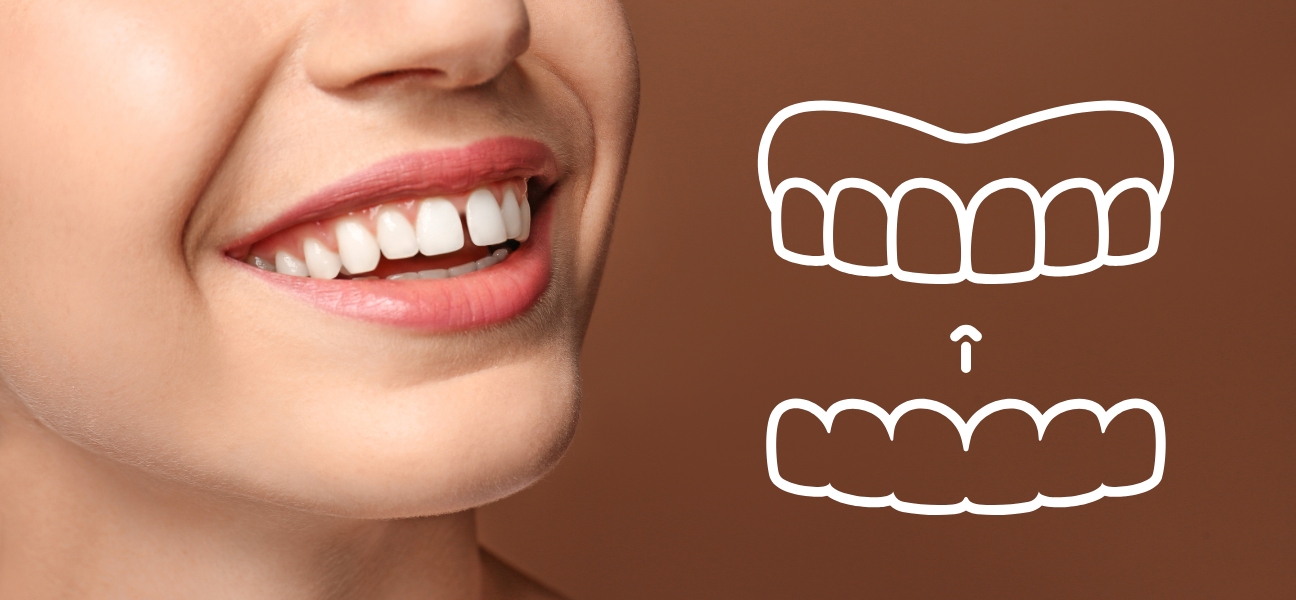
Invisalign doesn’t only treat overbites. It offers effective solutions for gaps, overcrowding, and bite alignment concerns by gently moving your teeth into better positions over time.
Correcting Gaps Between Teeth and Overcrowding
Gaps between teeth, known as diastema, can cause food to get stuck and impact oral hygiene. Invisalign clear aligners use gradual pressure to shift teeth and close these spaces, improving both function and appearance.
Overcrowding occurs when there isn’t enough space in your jaw for all your teeth, which can lead to crooked or overlapping teeth. Invisalign can help by moving teeth into a more even arrangement, making cleaning easier, and reducing the risk of cavities. Treatment usually lasts from 12 to 24 months, depending on how severe the gaps or crowding are. For a detailed look at how Invisalign can address these concerns, visit this overview of treatable cases.
Improving Crowded Teeth and Gapped Teeth
Crowded teeth can make it tough to floss and brush properly, often increasing your risk of gum disease and tooth decay. Invisalign targets crowded areas by slowly adjusting the alignment, creating the right amount of space between teeth.
Gapped teeth, on the other hand, may make you feel self-conscious about your smile. Clear aligners move teeth closer together, resolving unwanted spaces without traditional braces. Invisalign is effective for mild to moderate cases, but for more complex crowding or large gaps, a dentist may recommend additional orthodontic treatments. Find more information on how Invisalign helps with these issues at this guide on addressing overbite and spacing problems.
Achieving Straighter Teeth and Better Bite Alignment
Invisalign can be beneficial if you want straighter teeth or improved bite alignment. Misaligned teeth can cause uneven wear, jaw pain, or difficulty biting and chewing. Clear aligners reposition your teeth step by step, guiding them into their correct places.
Bite alignment is not limited to just fixing overbites. Invisalign also addresses other bite concerns like crossbite and underbite, depending on their severity. This allows for a more even distribution of pressure when you bite down. Review more on this topic at this Invisalign deep bite and alignment correction guide.
Treatment is often less noticeable than metal braces, and aligners are removable for eating and cleaning, offering flexibility during your orthodontic journey.
Frequently Asked Questions: Does Invisalign Fix an Overbite?

Invisalign aligners can be used to address a range of overbite cases in different age groups. The effectiveness and length of treatment often depend on the severity of your overbite and whether additional dental tools are necessary.
How long does it usually take for Invisalign to correct an overbite?
Treatment time varies depending on your specific dental needs. Most people can expect the process to take between 12 and 24 months, but the exact duration depends on how severe your overbite is and how consistently you wear your aligners. Detailed timelines will be discussed at your initial consultation.
Are Invisalign treatments effective at correcting overbites in adults?
You can use Invisalign to treat overbites as an adult. Invisalign clear aligners are designed to work for mild and moderate cases, and adults commonly seek this solution for a subtler appearance compared to braces. However, your dentist will determine if your case is suitable for this approach.
Are Invisalign treatments effective at correcting overbites in teenagers?
Invisalign treatments have shown promising results in overbite correction for teenagers, particularly for mild to moderate overbites. Many parents wonder if Invisalign can effectively fix overbite issues where the top teeth significantly overlap the bottom teeth. Research comparing braces and Invisalign indicates that both methods apply appropriate pressure on the teeth to achieve alignment, though the effectiveness of Invisalign largely depends on the severity of the overbite and patient compliance.
For Invisalign to work properly, teenagers must wear the aligners for 20 to 22 hours daily throughout the Invisalign process. An Invisalign doctor can determine if a teen is a good candidate for Invisalign by evaluating their specific condition. While traditional braces have historically been the standard for overbite treatment, many patients treated with Invisalign have successfully achieved proper alignment of their lower jaw.
There are different types of overbites that can be addressed, and some teens can correct their overbite without braces using the Invisalign mandibular advancement feature. For more complex cases, however, braces for overbite correction might be recommended over Invisalign. The decision between Invisalign and traditional braces should be based on the specific case and professional advice regarding which treatment method is most suitable for overbite correction.
Is it possible to correct a severe overbite using Invisalign?
Severe overbites may sometimes require more than just aligners. In select cases, Invisalign can be part of the solution if combined with attachments or other dental treatments. A thorough exam will reveal if your overbite can be managed with aligners alone or if alternative methods, such as traditional braces, may be necessary.
Can an overbite be corrected without the use of braces or rubber bands?
Mild to moderate overbites can usually be treated with Invisalign alone, avoiding the need for traditional metal braces or rubber bands. However, some cases might require additional accessories, like elastic bands, to improve results. Your provider will recommend the best approach for your teeth.
What kind of results can one expect from Invisalign treatment for an overbite?
Most patients experience a noticeable improvement in how their teeth fit together after Invisalign treatment. You can expect the aligners to gradually move your teeth into better alignment, improving both bite and appearance. For more information about expected results and outcomes, visit Invisalign’s overbite correction page.
Are there natural ways to improve an overbite alongside Invisalign treatment?
There are no proven natural methods to significantly correct an overbite on their own, but good oral hygiene and avoiding habits like thumb sucking can support the effectiveness of your treatment. It’s best to follow your dentist’s instructions and wear your aligners as advised for optimal progress.


